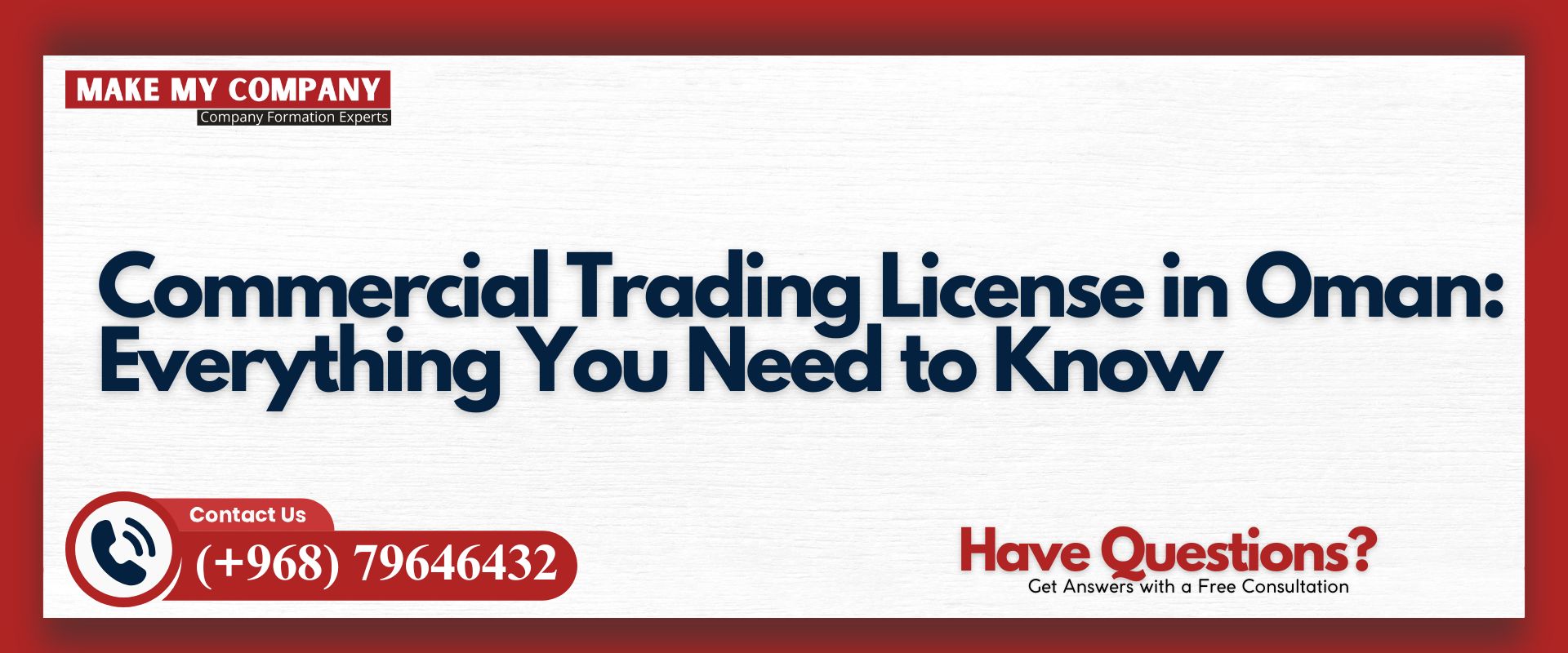Transferring Business Ownership in Oman is a significant process that requires careful planning, legal documentation, and government approvals. Whether you are selling your company, handing it over to a family member, or restructuring your business, following the right legal steps is essential to ensure a smooth transition. Business owners must also comply with Oman’s corporate laws, licensing requirements, and financial regulations to complete the transfer without any legal complications.
Oman has become one of the most business-friendly countries in the Middle East, attracting investors and entrepreneurs from around the world. The country offers a stable economic environment, well-regulated corporate structures, and strong investment opportunities, making it an ideal location for businesses of all sizes. However, transferring Business Ownership in Oman is not a simple transaction—it involves multiple stakeholders, government approvals, financial settlements, and business restructuring.
This comprehensive guide explains the entire process of transferring business ownership in Oman, including the legal requirements, step-by-step procedures, cost considerations, and common challenges. Whether you are an investor, a business owner, or an entrepreneur, understanding this process will help you navigate ownership transfers efficiently and legally.
Why Transfer Business Ownership in Oman?
There are several reasons why a business owner may want to transfer ownership. This process can be a planned strategic move or a necessary transition due to unforeseen circumstances. Understanding the common reasons for ownership transfer will help in planning a successful transition.
Business Expansion and Investment Opportunities
Many business owners transfer part or full ownership to investors or partners to secure additional capital and business expansion. This allows businesses to grow faster and access new markets.
Retirement or Exit Strategy
Some entrepreneurs transfer ownership because they plan to retire or exit the business. Selling a business can be a profitable way to step away while ensuring that the company continues to operate successfully.
Internal Business Restructuring
Companies may transfer ownership as part of a restructuring strategy, such as merging with another company, acquiring new shareholders, or changing leadership to improve business performance.
Family Succession Planning
In family-owned businesses, transferring Business Ownership in Oman to the next generation ensures that the company remains within the family. This often requires legal succession planning and proper documentation.
Mergers and Acquisitions
If a company is being acquired or merged with another business, ownership transfer is an integral part of the merger agreement. This process involves share transfers, contract modifications, and regulatory approvals.
Regardless of the reason, transferring Business Ownership in Oman requires a structured legal process to ensure transparency and compliance with local laws.
Legal Framework for Business Ownership Transfer in Oman
The process of transferring business ownership is regulated by Oman’s Ministry of Commerce, Industry, and Investment Promotion (MOCIIP). Business owners must follow specific guidelines based on the type of company they operate.
Ownership Transfer Rules for Different Business Entities
- Limited Liability Companies (LLCs): The company’s Memorandum of Association (MOA) must be updated to reflect the change in ownership.
- Sole Proprietorships: A sole proprietorship can only be transferred to an Omani citizen and cannot be owned by a foreign national.
- Free Zone Companies: Businesses located in Oman’s free zones must follow specific rules set by the respective free zone authority.
- Partnership Firms: Transfer of ownership requires the consent of all partners and must be registered with MOCIIP.
- Public Shareholding Companies: Ownership transfer in listed companies follows regulations set by the Capital Market Authority (CMA).
Additionally, all businesses must ensure that licenses, permits, corporate bank accounts, and tax records are updated under the new ownership.
Step-by-Step Process to Transfer Business Ownership in Oman
Transferring Business Ownership in Oman involves multiple legal, administrative, and financial steps to ensure a smooth transition. Whether you are selling your business, passing it to a family member, or restructuring ownership, following the right legal procedures is crucial to avoid disputes and operational disruptions.
Oman’s Ministry of Commerce, Industry, and Investment Promotion (MOCIIP) oversees business ownership transfers, ensuring compliance with corporate laws. The process includes identifying the type of transfer, securing approvals, updating legal documents, and notifying stakeholders. Additionally, all licenses, financial accounts, and tax records must be updated to reflect the new ownership.
To ensure a smooth transition, here is a detailed step-by-step guide on how to transfer Business Ownership in Oman.
Step 1: Identify the Type of Ownership Transfer
The first step in transferring Business Ownership in Oman is to determine the type of ownership transfer. Business owners need to identify whether they are:
- Selling full ownership to a new investor.
- Transferring partial ownership to a business partner.
- Passing the business to a family member.
- Transferring ownership due to restructuring or mergers.
Each type of transfer requires different legal and financial procedures, so it is crucial to plan accordingly.
Step 2: Obtain Government Approvals
The transfer of Business Ownership in Oman requires official approval from the Ministry of Commerce, Industry, and Investment Promotion (MOCIIP). The business owner must submit a formal request for ownership transfer along with:
- A valid commercial registration certificate.
- The company’s latest financial records and tax filings.
- A declaration stating that there are no pending legal disputes or debts.
- A copy of the new owner’s passport and business background.
Failure to obtain government approval can result in delays or rejection of the ownership transfer request.
Step 3: Draft a Business Sale Agreement
A business sale agreement is a legally binding document that outlines the terms and conditions of the ownership transfer. This agreement should include:
- The names and details of the current and new business owners.
- The agreed sale price and payment structure.
- A list of liabilities and assets included in the transfer.
- Roles and responsibilities of both parties during the transition period.
The agreement must be notarized and signed by both parties to be considered legally valid.
Step 4: Update the Company’s Memorandum of Association (MOA)
For Limited Liability Companies (LLCs) and partnership firms, the MOA must be updated to reflect the new ownership structure. This includes:
- Adding or removing shareholders.
- Revising profit-sharing agreements.
- Updating management responsibilities and voting rights.
The updated MOA must be approved and registered with MOCIIP.
Step 5: Update Business Licenses and Permits
All business licenses and permits must be updated under the new owner’s name. This includes:
- The Commercial Registration (CR) Certificate.
- The Trade License from the relevant authority.
- Municipality approvals for business operations.
- Special permits, such as food safety, construction, or professional licenses.
Without updated licenses, the business may face legal penalties or operational restrictions.
Step 6: Transfer Corporate Bank Account Ownership
Once the ownership transfer is finalized, the corporate bank account in Oman must be updated under the new owner’s name. The new owner must:
- Submit business transfer documents to the bank.
- Provide updated signatory details.
- Change authorization rights for financial transactions.
This ensures that all banking activities are legally transferred to the new business owner.
Step 7: Notify Employees, Clients, and Business Partners
It is important to notify all employees, clients, and suppliers about the ownership change to maintain business continuity. This step includes:
- Updating employment contracts if necessary.
- Informing clients to maintain trust and business relationships.
- Updating supplier contracts and agreements.
A smooth transition helps avoid disruptions in business operations.
Conclusion
Transferring Business Ownership in Oman is a complex but structured process that requires government approvals, legal documentation, financial settlements, and compliance with licensing regulations. Whether you are selling your business, restructuring ownership, or transferring control to a family member, following the right legal procedures ensures a smooth transition.
For expert guidance on ownership transfer approvals, license modifications, and corporate bank account updates, Make My Company, a leading business setup company in Oman, provides end-to-end assistance.









